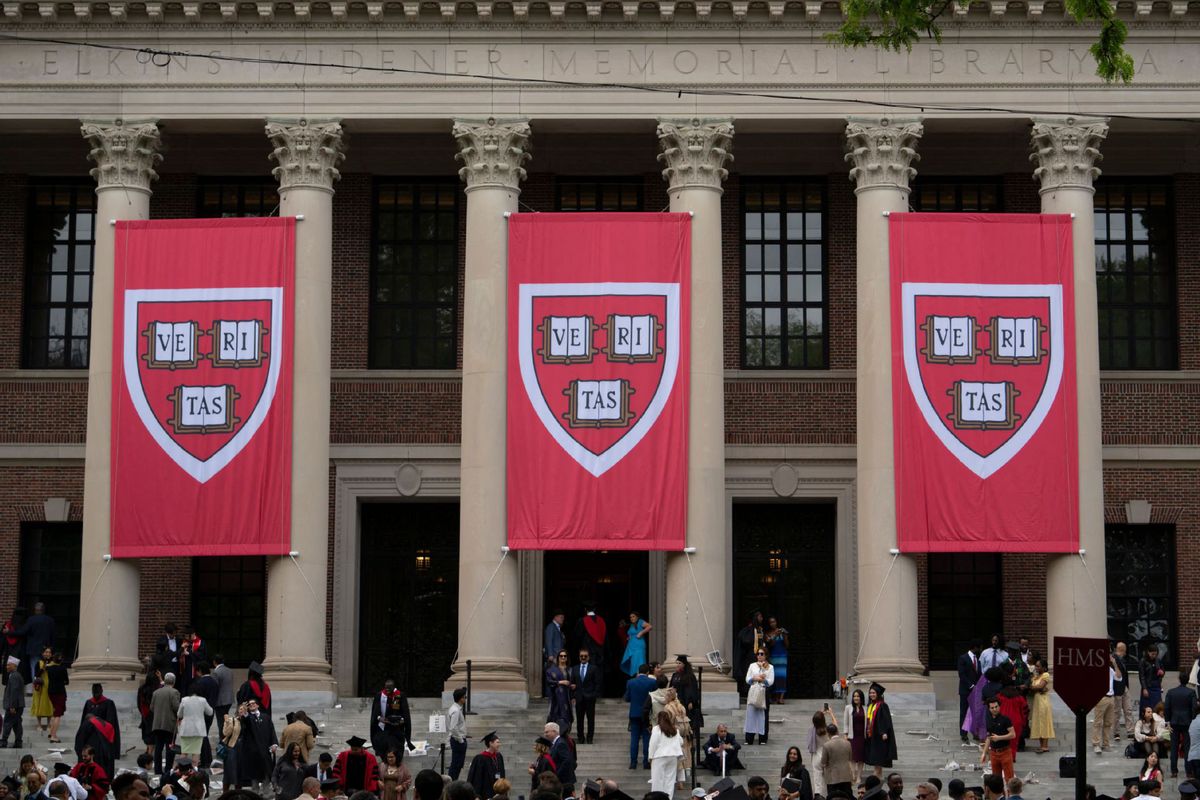Experts on value of Chinese students to US commerce


In 2023, the number of Chinese students in the US had dwindled down to roughly 277,000 from its height of 373,000 in 2019.
Yet, at a reduced number, Chinese students and their families still made great contribution to the US economy by spending in United States about $14.4 billion in 2023, said Julia Chang Bloch, former US ambassador to Nepal and executive chair at US-China Education Trust.
That's about 30 percent of total US education exports and helped to create 143,000 jobs for the US, according to Bloch. In addition, the most recent data show that more than 80 percent of Chinese PHD students chose to stay in the US after completing their study.
"International students and Chinese students fill STEM labs, enrich classrooms, launch startups, and create businesses, all kinds of businesses," Bloch said at the Friday online discussion organized by her organization and US-China Business Council. "They are central to US competitiveness, from AI and semiconductors to energy and advanced manufacturing."
Amy Gadsden, executive director of Penn China Initiatives and associate vice provost for global initiatives at University of Pennsylvania, said that over all international students have spent $43 billion to the US. At the calculation of $120,000 per job, that means about 358,000 jobs.
Moreover, international students are important to bring talents to the US and their contribution to the US go beyond tuition fees and living expenses.
"Another statistic that I like to share is that 47 percent of MIT's faculty is foreign born. That's one of our top universities producing some of the greatest innovations and insights at the cutting edge of science," Gadsden said.
Omar Chihance, general manager of TOFLE at ETS, said that about 54 percent of international students are in STEM field. "Many of today's entrepreneurs, engineers, researchers in the US begin their journey with TOEFL score," he said.
He cited an anecdotal data that about 15 percent of Meta's researchers and superintelligence are from China, and 75 percent are first-generation immigrants.
However, US education's attraction is waning when the Trump administration announced that it will aggressively revoke visas for Chinese students, said Block.
"By all accounts, we are driving China's best and brightest to return home or move to study where they feel welcome. The best and brightest, ladies and gentlemen, have choices," Block said.
Chihance said that while the US remains the most popular destination for TOEFL test takers in China and internationally, he's observing a very distinct shift.
"More students are applying to multiple destinations, hedging their bets. So not just the US, but Canada, the UK, Australia, increasingly now Asia and Europe, and the Middle East.
"This diversification isn't just about geopolitics. It reflects really a desire for certainty, for respect and future opportunity. The US still holds a prestige advantage, but it can't rely on reputation alone."
Sean Stein, president at the US-China Business Council, observed similar trend.
He has been asked to write a few recommendations for students when they apply for colleges every year.
"Last year, earlier this year, was the first time I've ever had students ask me to not just write letters for American universities, but for universities in Canada or in Australia. That had never happened to me before, so I do think that we're at risk of losing some of the best and brightest."
Stein said that witnessed one such an example at a member company which is a Silicon Valley startup and an industry leader in a certain type of specialized additive manufacturing technology.
"The technology was developed by two graduate students out of Stanford, that both happened to be Chinese students. They developed the software, they developed the tech, and this company was built around them and the tech. They went home after OPT back to China, and then were unable to get visas to return back to the United States to continue to work at the company despite being sponsored by the company for visas."
Even with the intervention of US-China Business Council, the two Chinese still can't obtain visa more than half year later. "Now the industry leader is in Shenzhen and is not in Silicon Valley," Stein said.
"As the US government cracks down on open education exchange with China amidst national security concerns, do we fully understand the consequences?" asked Bloch.
mayzhou@chinadailyusa.com

































